
Nest siste stopp på gårsdagens pressevisning ved Momentumbiennalen i Moss var stranda utenfor Galleri F15. Her ga Trollkrem en performance og serverte ferske blåskjell, hvalkjøtt og en drikke med veldig mye alkohol. Mat var også et tema under pressekonferansen tidligere på dagen, der kuratorene ville distansere seg fra trenden New Nordic Cusine, en kjøkkenstil hvor man tilbereder og serverer så rene og lokale råvarer som mulig. Årets nordiske biennale ville rote til denne renheten ved å tilføre ting som kunne oppleves fremmed i en nordisk kontekst.
På bussen tilbake til Moss snakket jeg med journalist Amah-Rose Abrams fra nettstedet Artnet om hennes inntrykk av biennalen, fremmedgjøring og hva dette «nordiske» kunne være.
What have you seen so far?
From my initial impressions, one work I like especially is Jenna Suela’s installation at the Kunsthall, which was a kind of cage where the plug had been plugged out, and a voice and green smoke came out of the plug hole. I also really like the work of Patricia Piccinini at F15, this very delicate thing, a kind of amorphous, fleshy shape embedded in car-like structures. It’s really frightening and horrific, but it also draws you in, you want to touch it and smell it. But you are also repulsed by it.
Did you touch it?
No comment.
What else did you see?
I like Wael Shawky’s work too, and I had to see Cabaret Crusades: The Path to Cairo, with the wooden puppets. I am a big fan of his work in general. Lots of the things have got to do with alienation, the topic of the biennial; this film deals with the wider topic of alienation, the historic tussle between Christianity and Islam, and how people have used that to start wars for centuries and millennia.
Is technology, science fiction, alienation a trending topic?
It is, and it was also very present in the previous biennale. But I think it’s trending for a reason, sometimes the art world disappears off into its own little microcosm, but topics like these do tie into wider politics and people’s lives.
What is alienation in this wider context?
I think it can operate on many levels, it’s not unique to just being a foreigner. It’s also a very wide topic, and I think that’s good for something like this; people can approach it in many different ways, and nobody wants a show where everyone is saying the same thing. But I don’t see how many of the works tie into alienation on the surface of it.
At the press conference the curators talked about showing “Nordicness”. Have you seen any of that today, whatever Nordicness might be?
Well, I thought the diver Pia, at Trollkrem’s performance, talking about the sea and what’s in it, being in contact with nature could be an expression of Nordicness. Overall, it doesn’t seem that different from other shows, really, but I haven’t seen much time-based art yet, not that many videos. One thing I really like in Scandinavia is that you take the art seriously. It seems that there’s a lot that goes into it, many collaborative events. The mayor was very passionate about it the last time I came here, and then you got the queen coming to the opening, I don’t know what you would have to do to get our queen to come to a contemporary gallery.
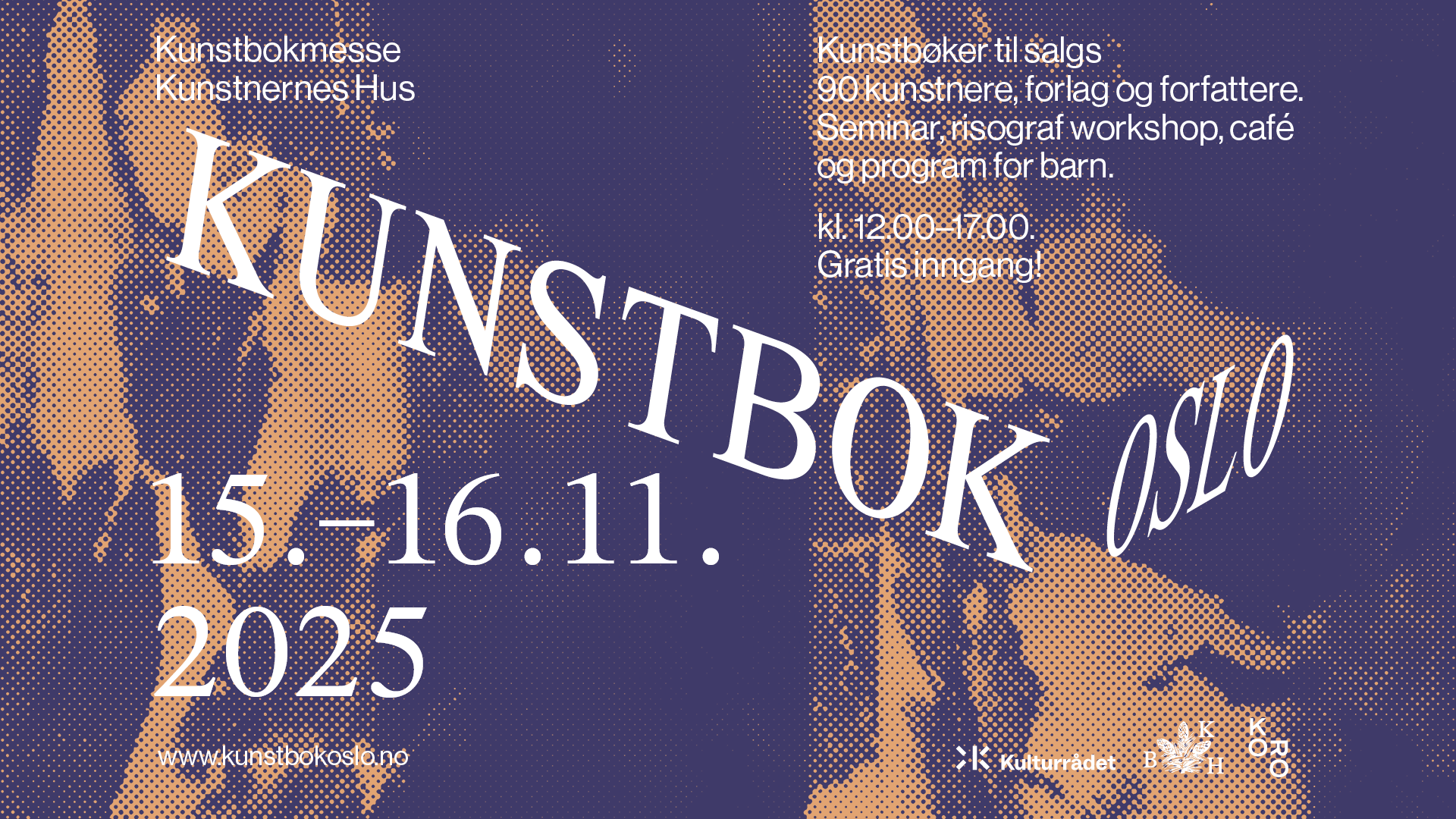



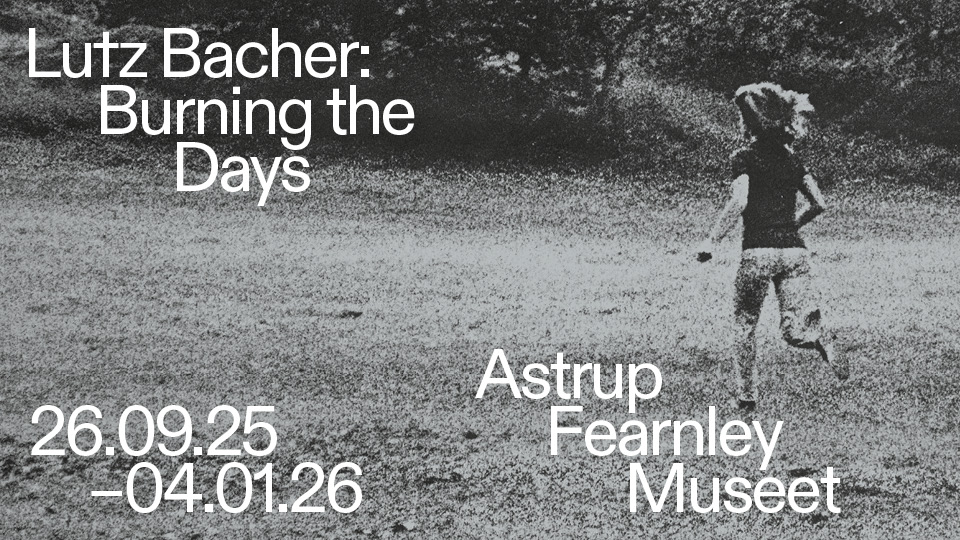
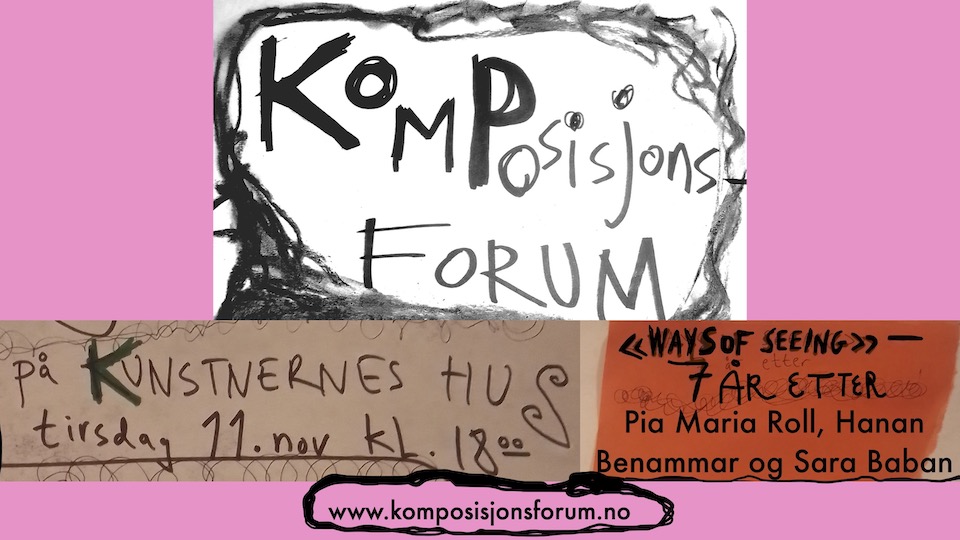
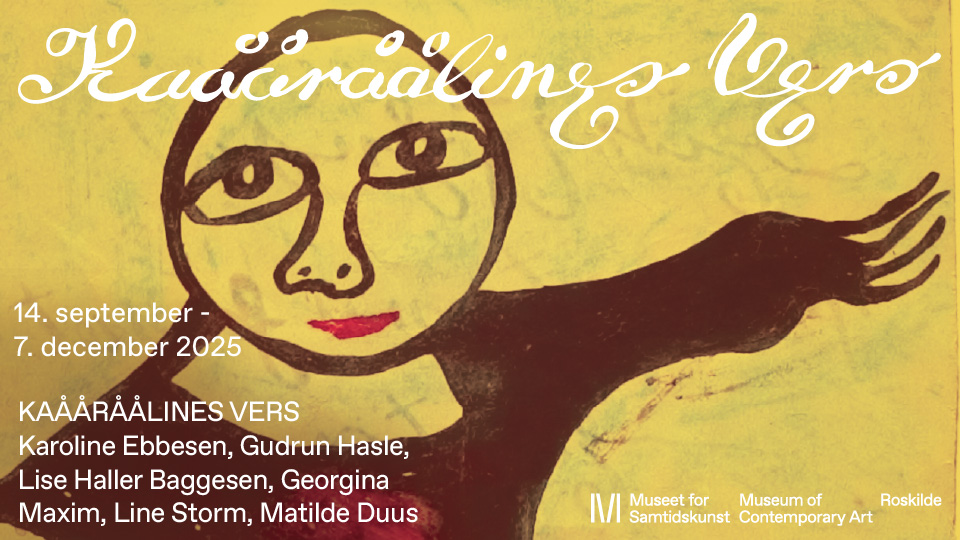
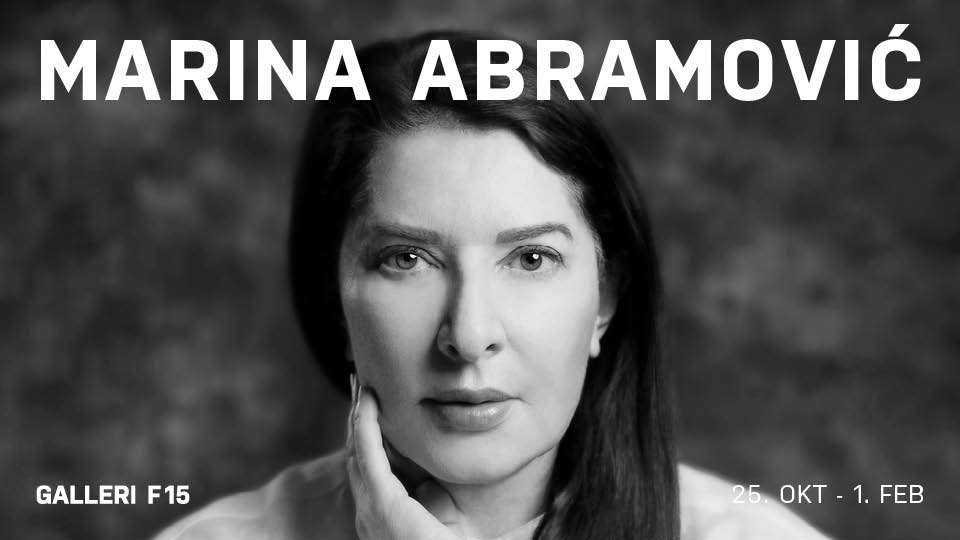
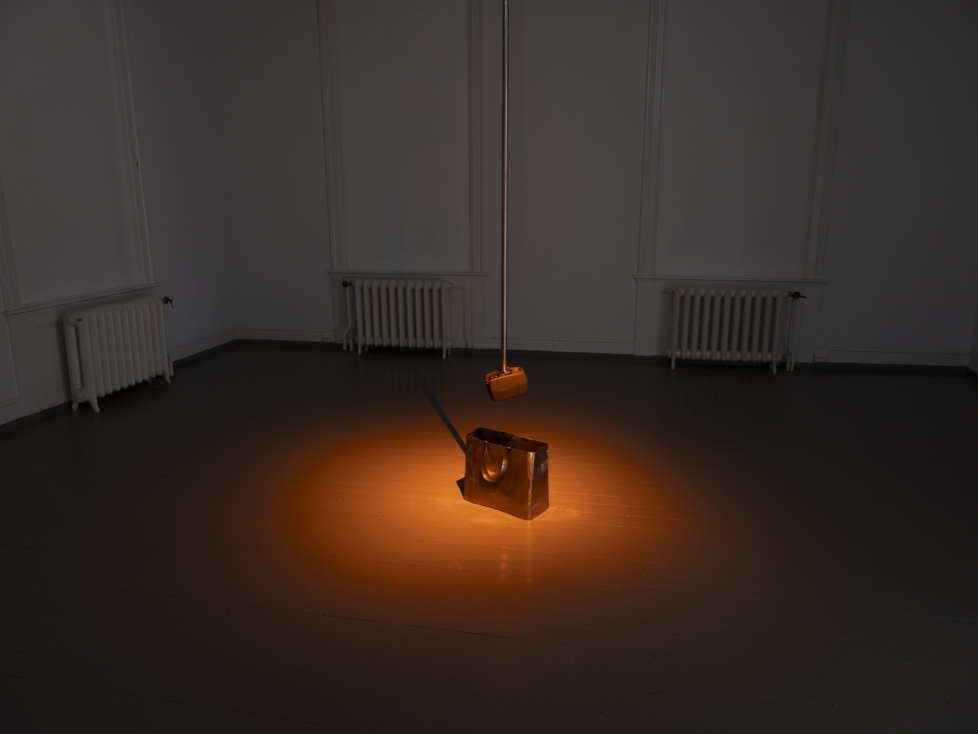
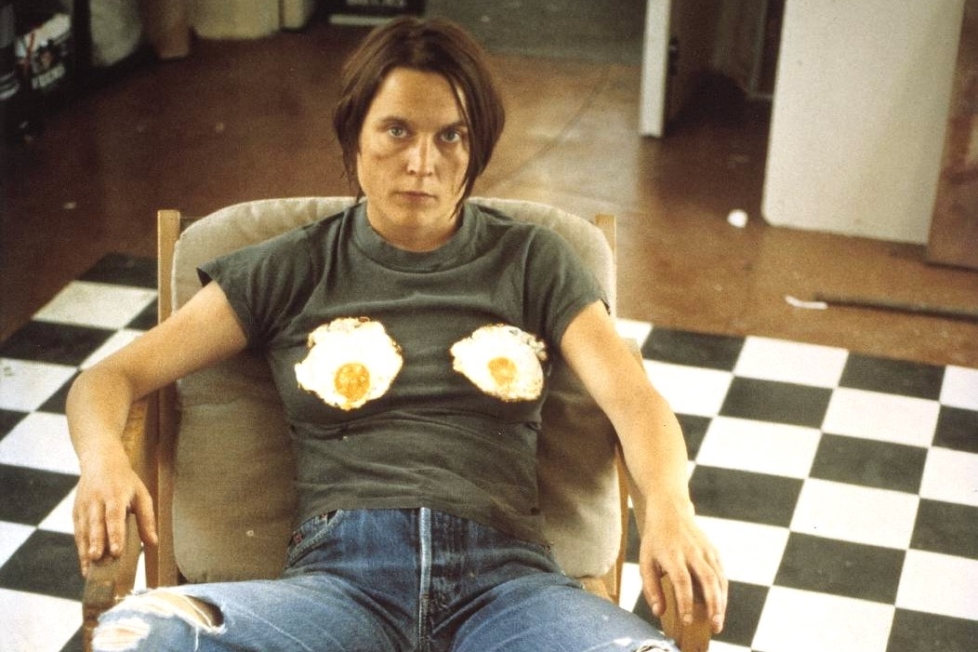
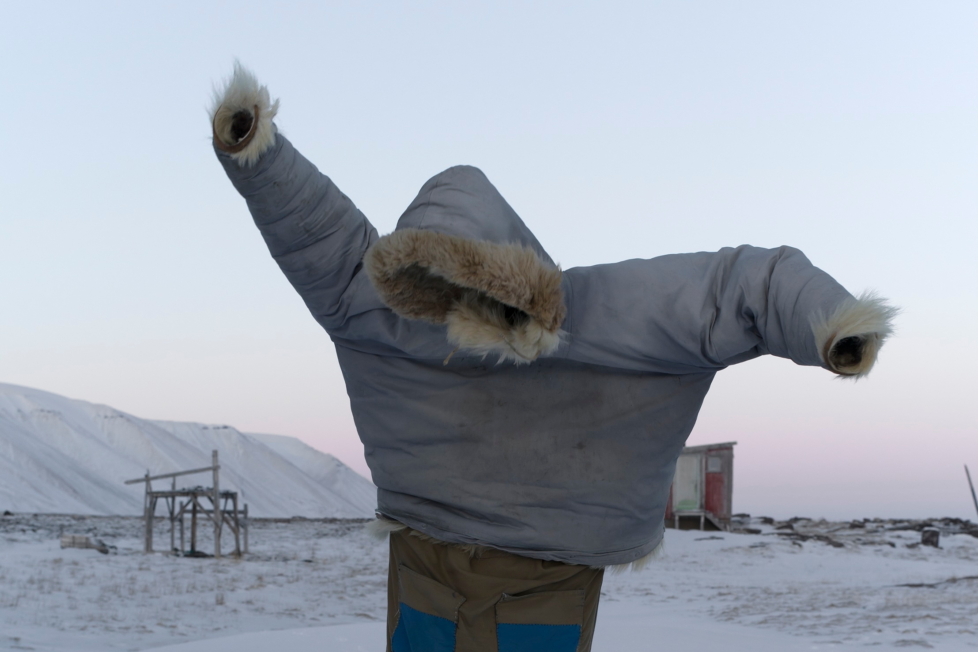
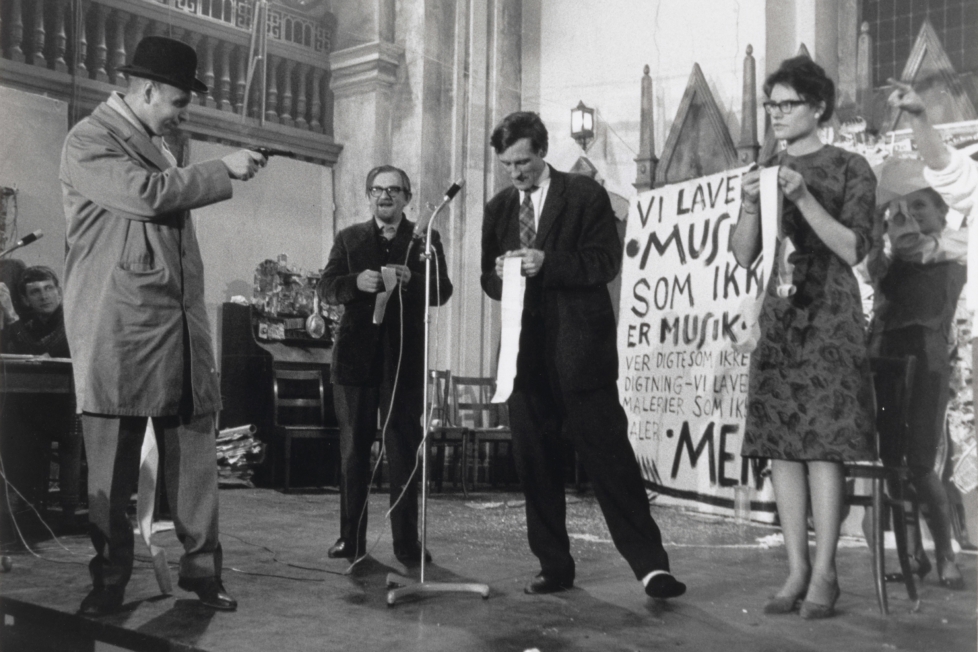
Leserinnlegg